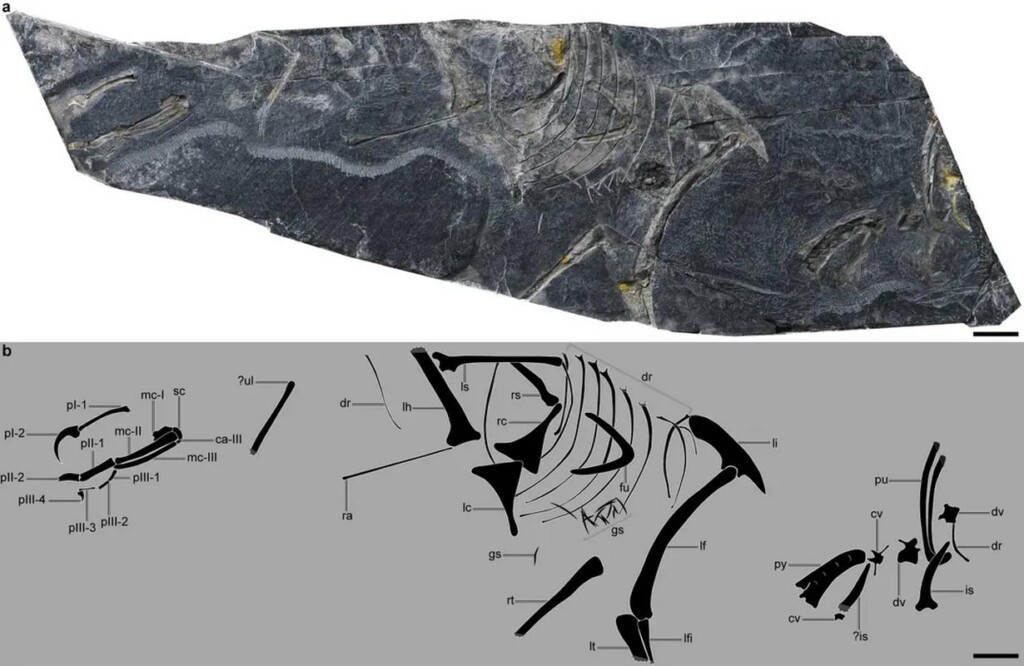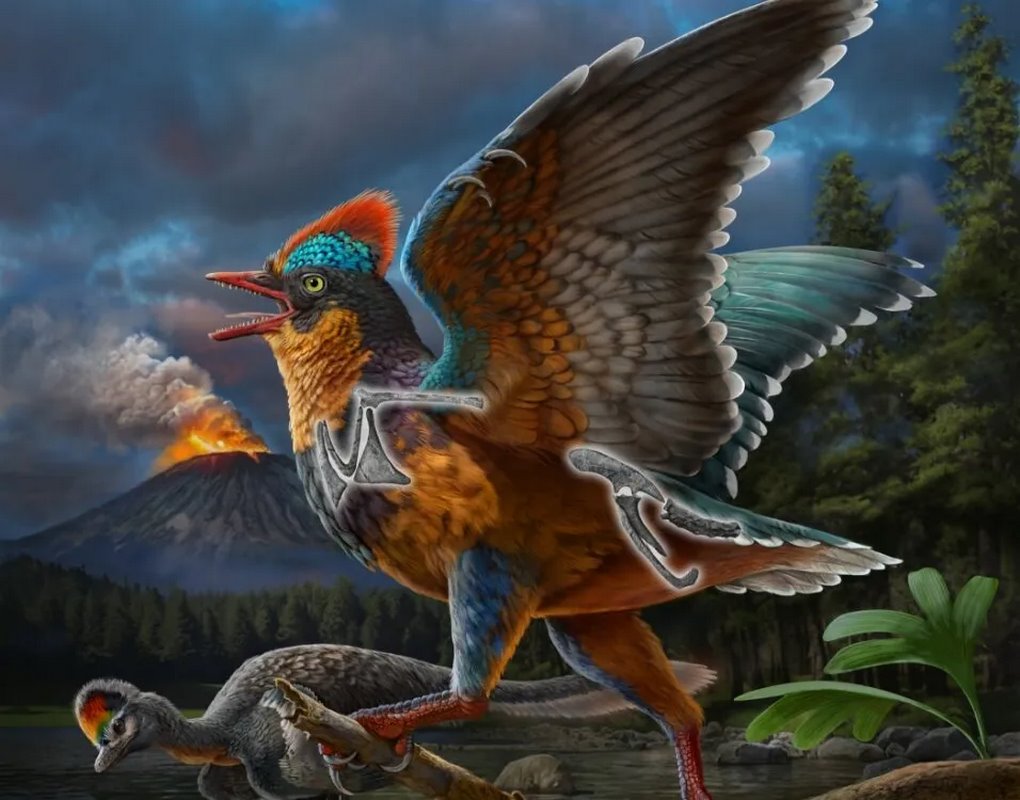Scientists Discover Oldest Bird Fossils, Rewrite History of Avian Evolution

According to a truly field-altering fossilized bird found in China, birds already existed in the Late Jurassic period, approximately 160 million years ago.
The new discovery suggests that rather than a linear evolutionary path from dinosaur to bird, these two orders evolved somewhat simultaneously.

Baminornis zhenghensis is the world’s oldest species of avid. A holotype fossil was recently found in East China’s Fujian Province and described in the journal Nature. The pelvis, trunk, forelimbs, and part of the hindlimb are all intact.
“Baminornis is a landmark discovery and ranks among the most important bird fossils unearthed since the discovery of Archaeopteryx in the early 1860s,” Stephen Brusatte, a paleontologist from the University of Edinburgh who was not involved in the study but wrote a commentary accompanying it, tells Xinhua.
“This is a groundbreaking discovery. It overturns the previous situation that Archaeopteryx was the only bird found in the Jurassic Period,” Zhonghe Zhou, a paleontologist at the Chinese Academy of Sciences and co-author of the study, tells the Chinese news agency Xinhua.
China’s wealth of cultural and historical treasures is almost matched in importance by its role as one of the world’s great crucibles of paleontological discoveries. Dinosaurs and prehistoric animals from every age, of every size, and of every description have been found there.
Archaeopteryx, the missing link that connected dinosaurs to birds, was first discovered in Germany, but several other iterations of paleo-avids, including a “Cretaceous cormorant,” a prehistoric wader, and the gliding Microraptor have been found in China.
Baminornis displays a number of characteristic bird features, the most important among them being a short tail—a critical innovation in bird flight.
CHECK THIS OUT: Complete Stegosaurus Fossil Found With Skin Still On in Northern China
“Previously, the oldest record of short-tailed birds is from the Early Cretaceous,” Wang Min, a paleontologist author of the study from the Chinese Academy of Sciences, explains in a statement. Baminornis is now the “oldest short-tailed bird yet discovered, pushing back the appearance of this derived bird feature by nearly 20 million years.”
The short tail shifted the center of gravity forward, allowing for greater aerodynamism. This stands in direct contrast to Archaeopteryx which had a long feathered tail.
MORE BIG FOSSIL DISCOVERIES: Paleontologists Hunted for This Giant Bird Skull for Over a Century–Finally, a Complete ‘Thunderbird’
Pelvic and pectoral girdles strengthen Baminornis’s bird-like biology, but a pair of clearly dinosaur-shaped hands betray its origin.
Wang believes that to have two different animals that were developing avian features, living in a relatively close period, but with such different physical shapes, suggests that millions of years of avid evolution had already taken place before Baminornis walked the Earth.
SHARE This Groundbreaking Discovery With Your Friends Who Love Dinos…
>read more at © GoodNews
Views: 2